The Great Wall is the collective term for the large-scale military projects built by ancient central Chinese people at different times to resist the invasion from the northern nomadic people. It ranges over 1000 li from east to west, thereby the name Ten-thousand Li Great Wall. The existing Great Wall mainly refers to the sections built in the Ming Dynasty (14th century), which starts from Jiayuguan in the west and ends at Hushan in Liaoning, totaling 8851.8km. It's a great miracle created by ancient Chinese people and an important witness of China's long history. Together with Tian'anmen square and Terracotta Warriors and Horses, it is regarded as a symbol of China.
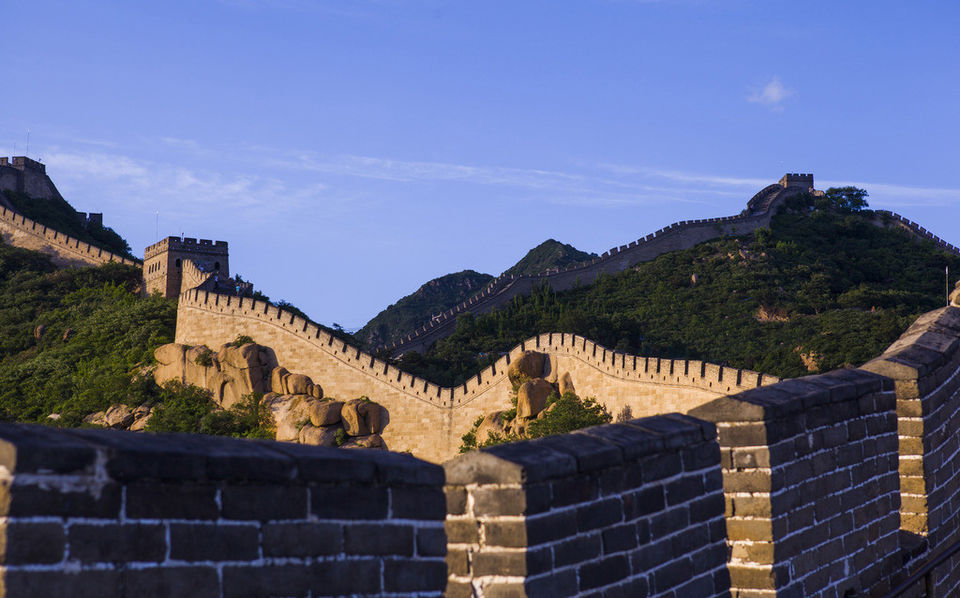
Qinshihuang's Mausoleum is located at the foot of Lishan Mountain of Lintong district, over 30km east of Xian city. According to historical records, Qinshihuang Ying Zheng ordered the mausoleum to be built at 13. The whole project was overall designed and presided by the prime minister Li Si and general Zhang Han. It took 38 years to complete the project finally. Its large scale, huge cost, and extravagant burial objects set an example for later emperors to build large mausoleums. In 1974, the Qinshihuang’s mausoleum was discovered, and the mystery of over 2000-year-old Qin Shi Huang and his Qin empire was gradually revealed. However, the immaturity of the archaeological excavation made it extremely hard to explore the mausoleum without any further damage. The Chinese government decided to preserve the tomb itself and just excavate the accompanying burial objects. Therefore, people can only visit the Terracotta Warriors and Horses that unearthed nearby the tomb. These life-like terracotta figures, bronze horses, and weapons are the representatives of the Qin army and have great value in studying the Qin history and culture.
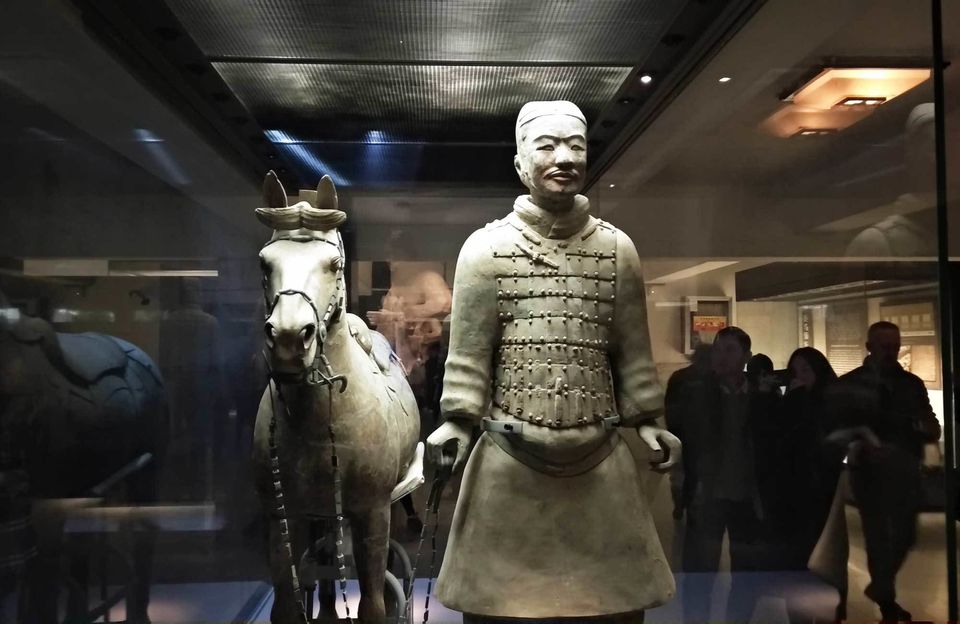
Beijing - Hangzhou Great Canal is the longest and largest-scale ancient canal and one of the world's oldest canals. It is known as one of the three greatest projects in ancient China, together with the Kan'er Well and the Great Wall. With a total length of 1797 km, the Great Canal runs from Hangzhou to the south and Beijing to the north, passing by current Zhejiang, Jiangsu, Shandong, Hebei, and Tianjin, and connecting the five rivers of Yellow River, Yangtze River, Haihe River, Huaihe River, and Qiantangjiang River. It has played a huge role in the economic and cultural communications between north and south China and greatly drove the economic development of the areas along the canal. The Great Canal was first excavated by Wu State in the Spring and Autumn Period to prepare for its expedition to Qi State. In the Sui dynasty, it was expanded at a large scale and connected Luoyang (eastern capital of Sui dynasty) and current Zhuozhou. In the Yuan dynasty, the canal was renovated once again and reached Beijing. In 2002, the Great Canal was included in the eastern route of the Chinese "south-to-north water transfer." In 2014, it was included in the World Cultural Heritage List.
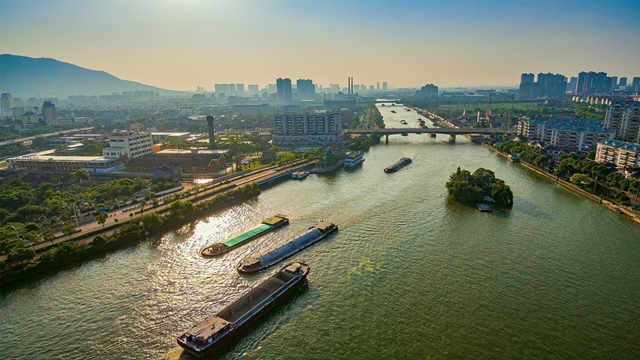
Located on the western side of Dujiangyan city of Sichuan, the Dujiangyan Irrigation Project is the largest irrigation system built in ancient China that is still in use. It is also praised as the “Earliest Ancestor of the World’s Water Conservancy Culture. " In the last year (app. 256 B.C - 251 B.C) of the King Zhao of Qin State in Warring Period, the Shujun prefecture chief Li Bing and his son were ordered to restrain the water from Minjiang River. Thus, the Dujiangyan Irrigation Project was constructed and made a great difference in flood prevention and irrigation of the Minjiang River area and nearby Chengdu for over 2000 years, making the Chengdu plain one of the "Lands of Heaven" in China. By far, it's still the oldest, only surviving grand water conservancy project in the world that doesn't use any dam for water diversion.
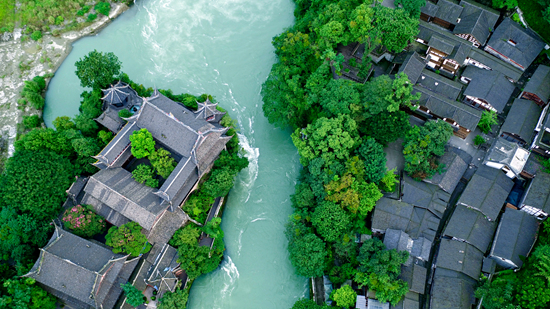
Situated on the west side of Tian'anmen Square in the center of Beijing, the Great Hall of the People is where the National People's Congress of China and the Standing Committee of the National People's Congress have meetings and work. It is also an important place for Chinese leaders and Chinese people to hold big political, diplomatic, and cultural activities. Sitting towards the east, the Hall is 336 meters from north to south, 206 meters from east to west, 46.5 meters high, and covers an area of 17.18 square meters. It's even bigger than the Forbidden City.

Praised as the most valuable cultural discovery in the 20th century and the "Oriental Louvre," the Mogao Caves are commonly known as the Thousand-Buddha Caves. They are located in Dunhuang, Gansu, and famous for the exquisite murals and statues. First built in the pre-Qin period of the Sixteen States Period, the caves underwent a series of renovations in the Northern Dynasties, Sui, Tang, Five Dynasties, Xixia, and Yuan dynasties. There are currently 735 caves, 45,000 square meters of murals, and 2,415 colored clay Buddha statues, making the Mogao Caves the largest and the wealthiest sacred place for Buddhism art. The library caves discovered in modern times contain over 50,000 pieces of ancient antiques. To better study these ancient books and records, a new study named Dunhuangology was established. In 1987, Mogao Caves were listed in the UNESCO world cultural heritage.
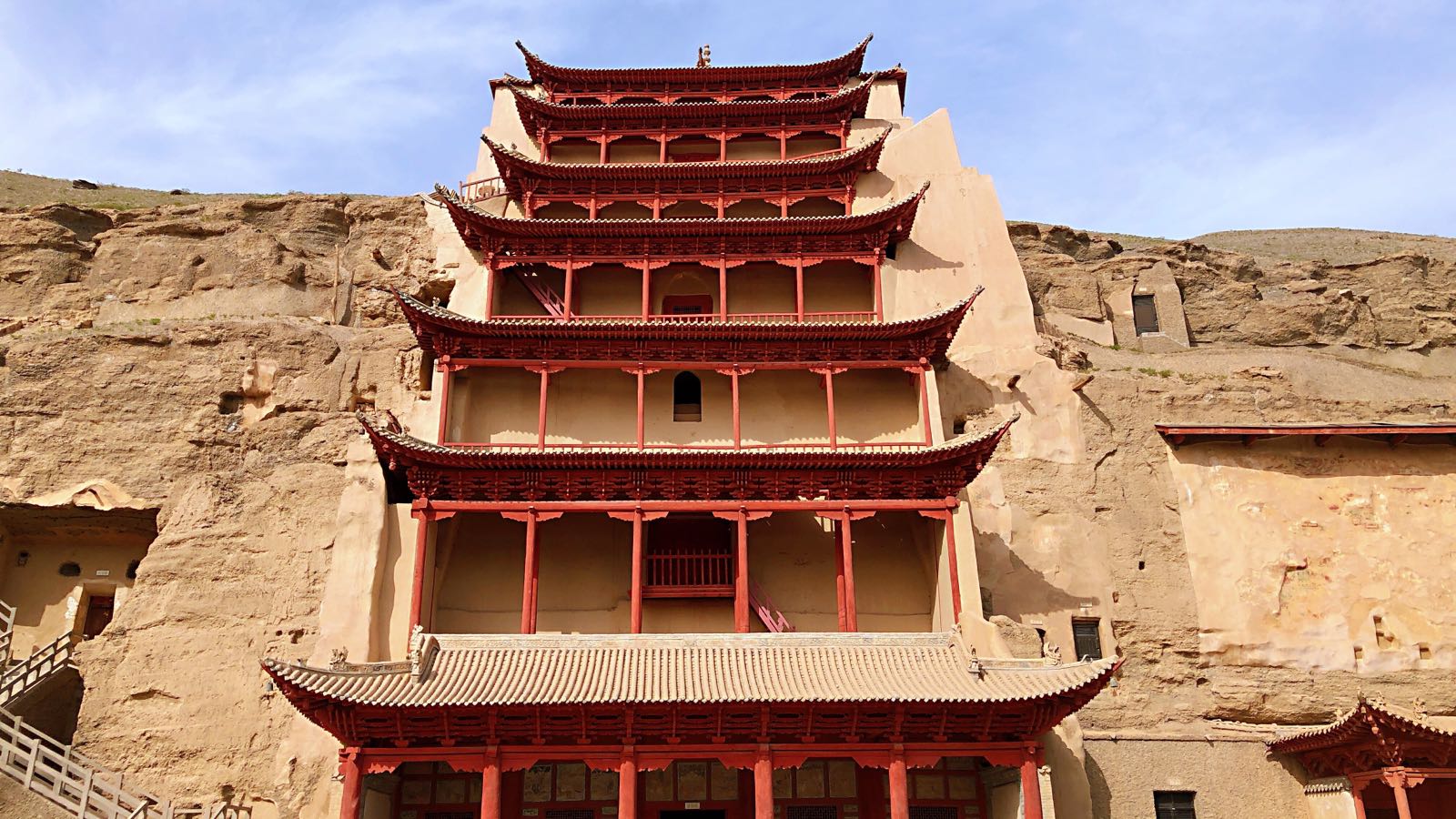
Zhaozhou Bridge, also called Anji Bridge, is a stone arch bridge located on the Xiaohe River in Zhaoxian county of Hebei province. It is generally believed that the bridge was first built in the sixth year (605 A.D.) of Jianye's Reign in the Sui dynasty and designed by the outstanding engineer Li Gong. The bridge experienced a series of restorations in the Tang, Song, Ming, and Qing dynasties but was severely damaged in the late Qing dynasty. From 1952 to 1956, the local government carried out some controversial repairs, significantly changed the shape and construction process of the bridge. Therefore, the one people see today is not the original ancient bridge anymore. However, it's still regarded as the world's earliest and best-preserved large-span, single-hole open-spandrel stone arch bridge.
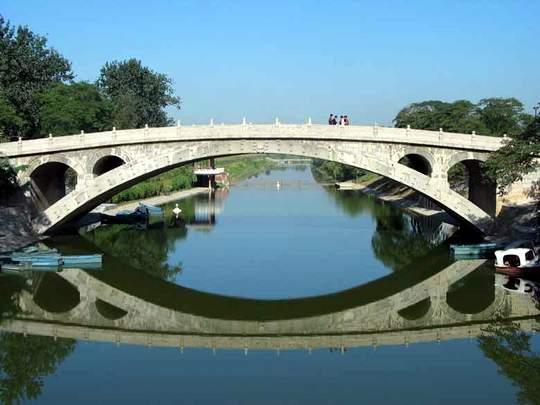
The Forbidden City, officially known as the Imperial Palace Museum, is the largest and best-preserved wooden structure building complex that served as a home for 24 emperors from the Ming Dynasty to the Qing Dynasty and their household. With a total area of more than 720,000 m², there are over 9,999 rooms in the palace, occupying 150,000 m2. The entire complex is composed of a front court and inner court and surrounded by walls. Outside the wall is the city moat covering the east, west, and north sides. There are four turrets as watchtowers and four big gates on four sides of the wall in the corners of the palace. The Meridian Gate on the south side is the main gate.
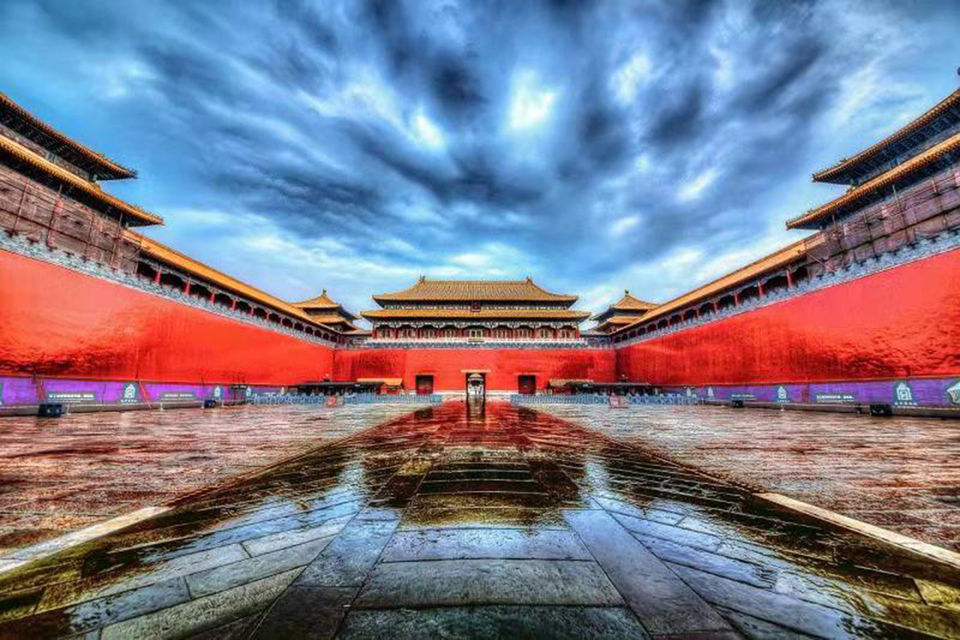
Located in the heart of Beijing, Tian'anmen Square is the largest city square in the world. It covers an area of 44 hectares, 500 meters in width from east to west and 880 meters in length from north to south. The ground is paved with light-colored granite boulder strips that were specially processed. The national flag-raising ceremony in the early morning and the evening national flag-lowering are very popular activities. Many people get up early just to watch the solemn flag-raising ceremony. Besides, Tian'anmen Square is the place where many historical events took place and witnessed the history of China's decline and rise.
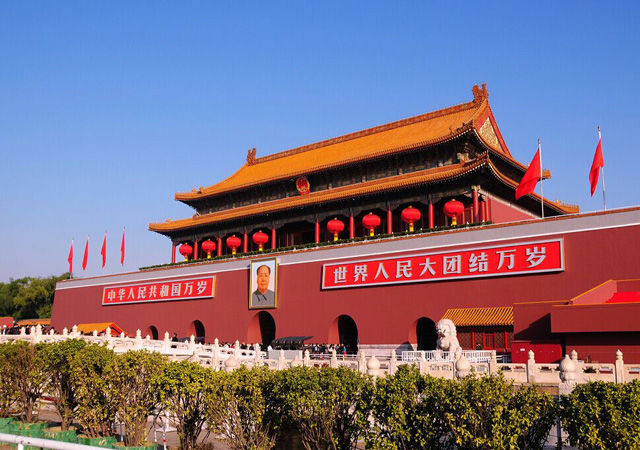
Situated on the Yangtze River, northwest of Nanjing city, Nanjing Yangtze River Bridge is the first railway and highway double-layer bridge designed and constructed by China. It connects the downtown Nanjing area and Pukou area. The upper layer highway route is 4,589 meters long and 15 meters wide. It can accommodate four full-size cars in parallel. On both sides, there are over 2-meter-wide sidewalks. The lower later railway route is 6,772 meters in length and 14 meters in width; two trains can run parallel. The main bridge is 1577 meters, and the rest are bridge approaches, which feature a double-hole double-curved arch bridge. On the railings of both sides of the bridge, the highway has 200 iron reliefs.
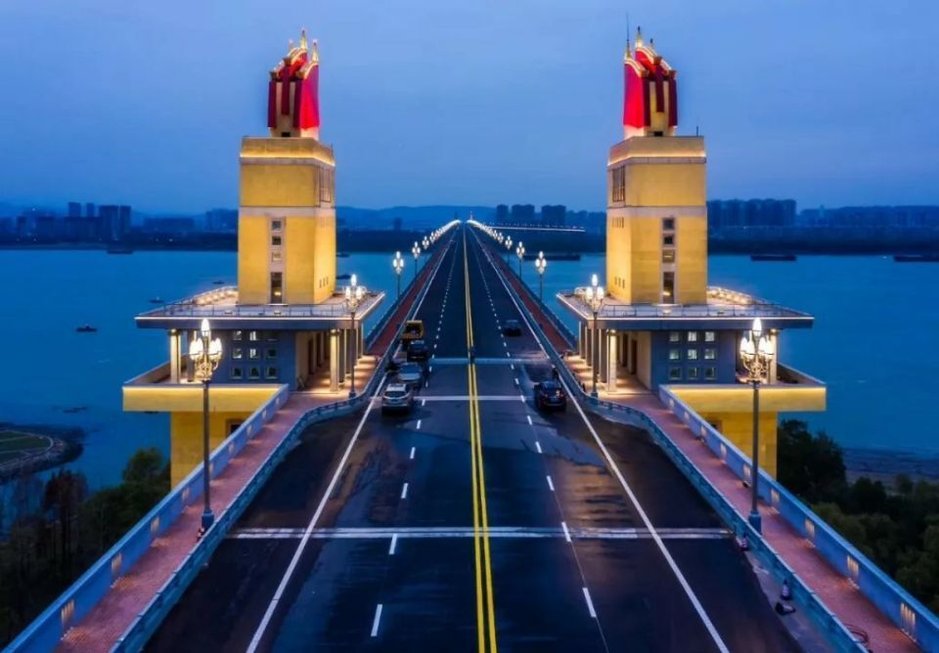
2 Days Beijing Boutique Tour
Terracotta Army Day Tour with Local Food Exploration
8 Days In-depth Silk Road Culture Tour to Dunhuang and Zhangye
Copyright © 2019 Lily Sun China Tours International, Inc. Terms &conditions | Privacy Policy | Sitemap